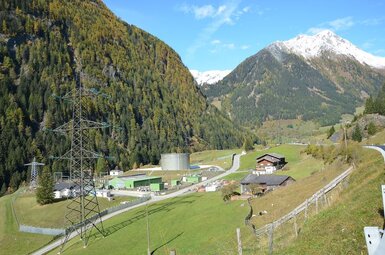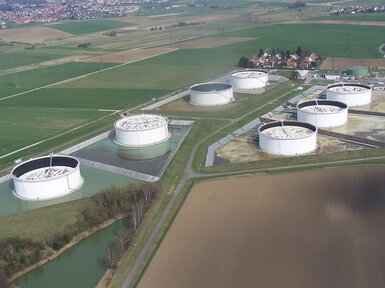With a total length of 753 km, it supplies a large part of energy needs in Germany (40%), Austria (90%) and the Czech Republic (50%). In 2016 alone, the Transalpine Pipeline transported 41.4 million tonnes of crude oil from the coast of northern Italy to these three countries. The amount of crude oil carried daily corresponds on average to about 10,000 tanker lorry trips. HIMA initially modernized the safety technology of the pipeline in 1997, and two decades later the Brühl-based experts are again updating the safety systems to the latest state of the art.
Dual modernization
In 2013 the TAL Group decided to further modernize the safety systems of the Transalpine Pipeline. During this modernization, the safety controllers in the terminal, pumping, pressure relief and transfer stations are being replaced by SIL-3 certified HIMax controllers, and HIMatrix (SIL 3) safety systems are being deployed in the valve stations. Along with functional safety, the future-proof safety systems provide a high degree of cybersecurity, thanks in part to their independence from the process control system.
Twenty years ago, the Brühl-based safety experts replaced the existing pipeline safety systems with modern HIMA safety controllers. Since then these controllers have provided for reliable crude oil transport over the Alps, as well as Transalpine Pipeline compliance with extremely stringent safety demands. The HIMA systems ensure emergency shutdown (ESD) of the pipeline and help to keep the pipe pressure within the specified limits. If an incident occurs, for example a pump outage, the resulting pressure increase is counteracted by the targeted release of oil into pressure relief tanks.
Double protection
To ensure high availability, the pipeline terminal station in Ingolstadt was equipped with distributed redundant safety systems located in different control rooms. This allows even the total outage of a control room, for example due to fire, to be accommodated. The sophisticated safety concept takes every conceivable hazard situation into account. Even in the event of a total outage of the Ingolstadt terminal station, the Transalpine Pipeline can continue operating safely under remote control from systems in Trieste and Munich.
“Safety is about prevention, qualification, monitoring and technical innovation”, says Johann Stopp, project manager for Electrical/Instruments Technical Assets at TAL. “In these areas HIMA has an outstanding track record as a competent and reliable partner over a period of two decades. The modernization of the safety systems, which we aim to complete with HIMA in the 2019/2020 time frame, is intended to safeguard the transport operation of the Transalpine Pipeline with regard to safety and security for the coming decades.”
Technical details
HIMA controllers have been providing for the safety of the Transalpine Pipeline since 1997. At the start of the project at that time, HIMA analysed all conceivable problem scenarios and thoroughly tested the new safety controllers in an extensive integrated factory acceptance test (IFAT) extending over six months. Now all safety systems are being modernized one by one. The first step consists of upgrading the controllers of the pipeline stations in Austria. The Transalpine Pipeline sections in Germany and Italy will follow suite in 2018/2019 and 2019/2020, respectively.

